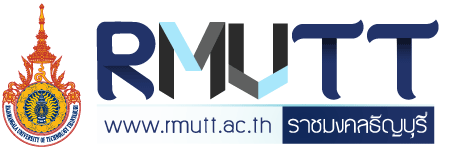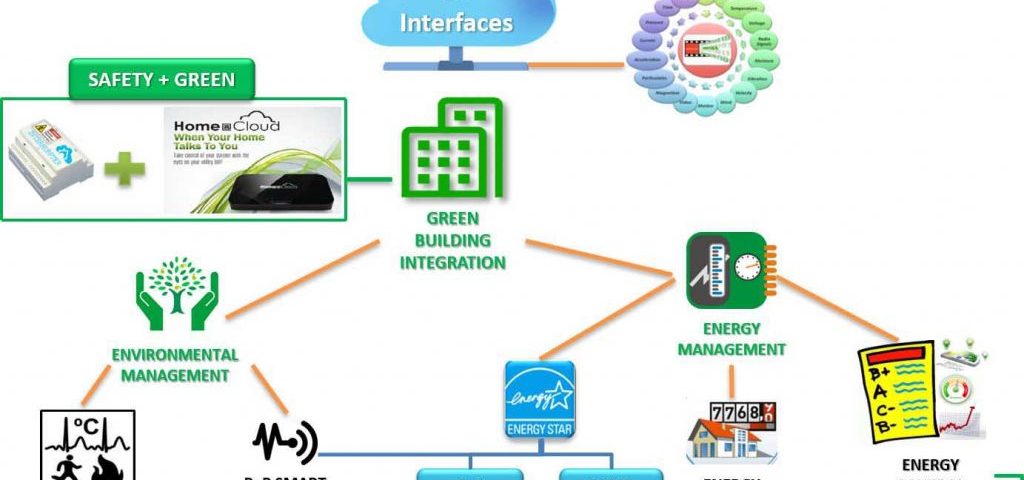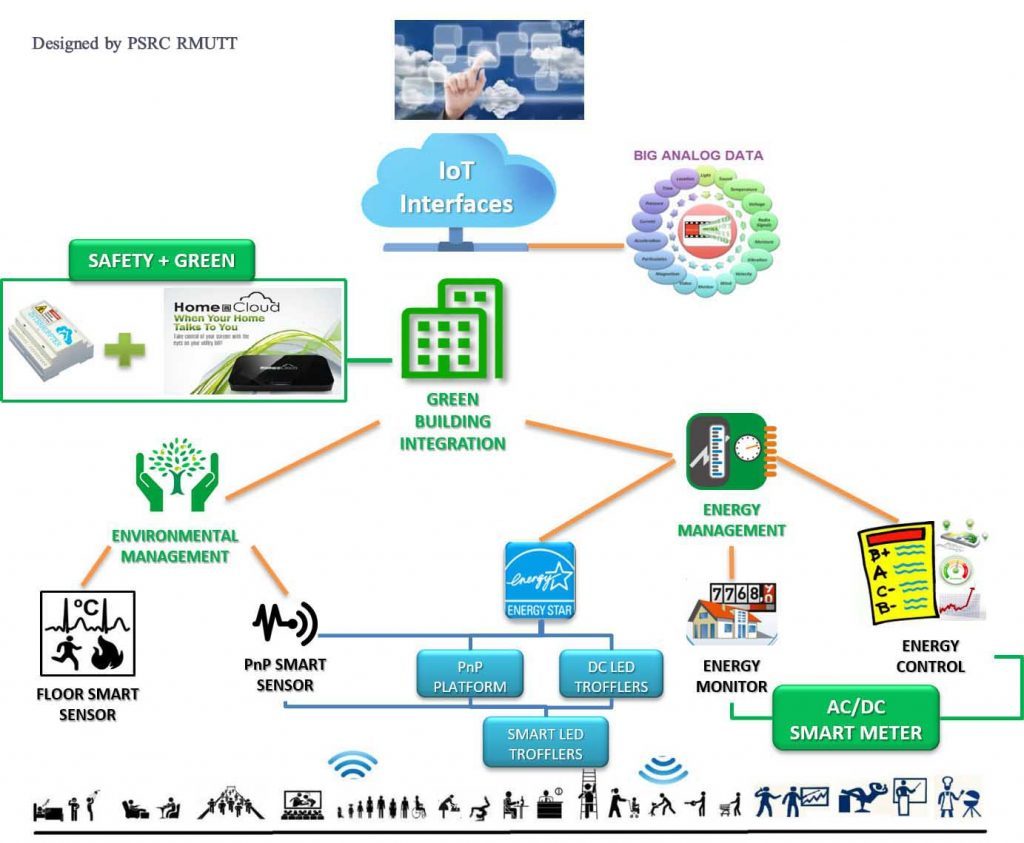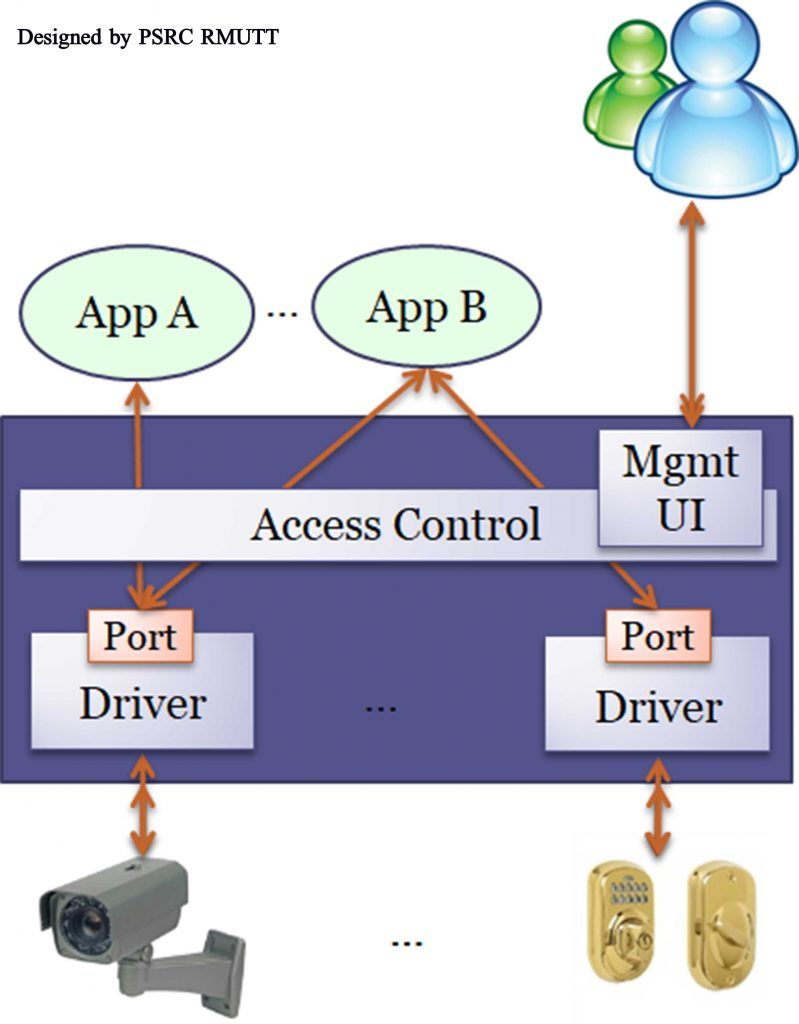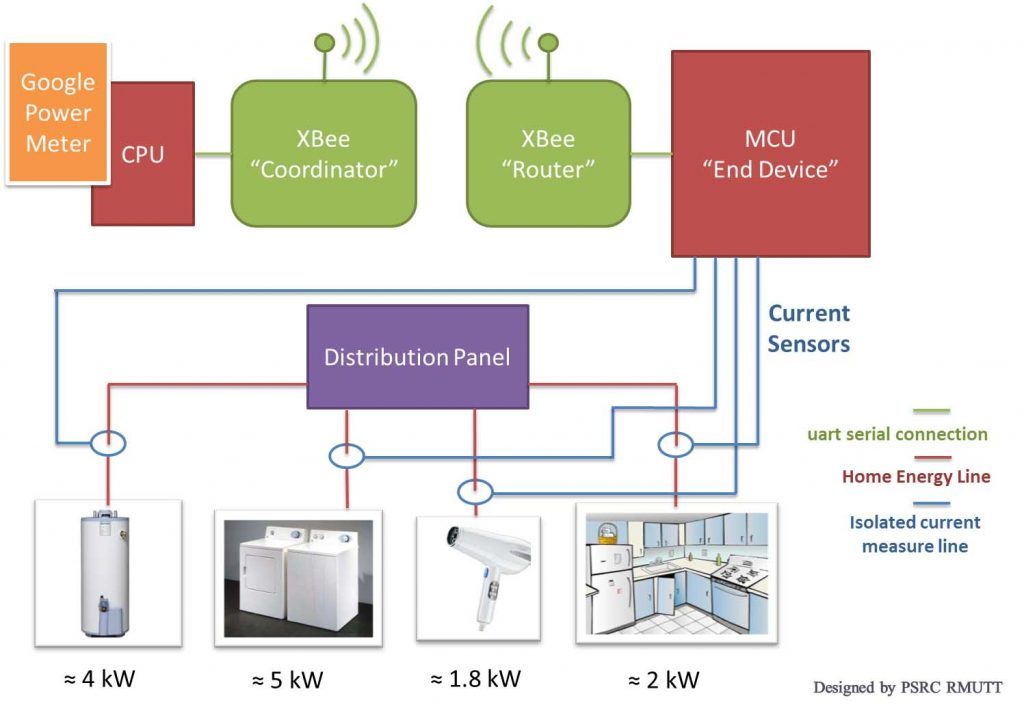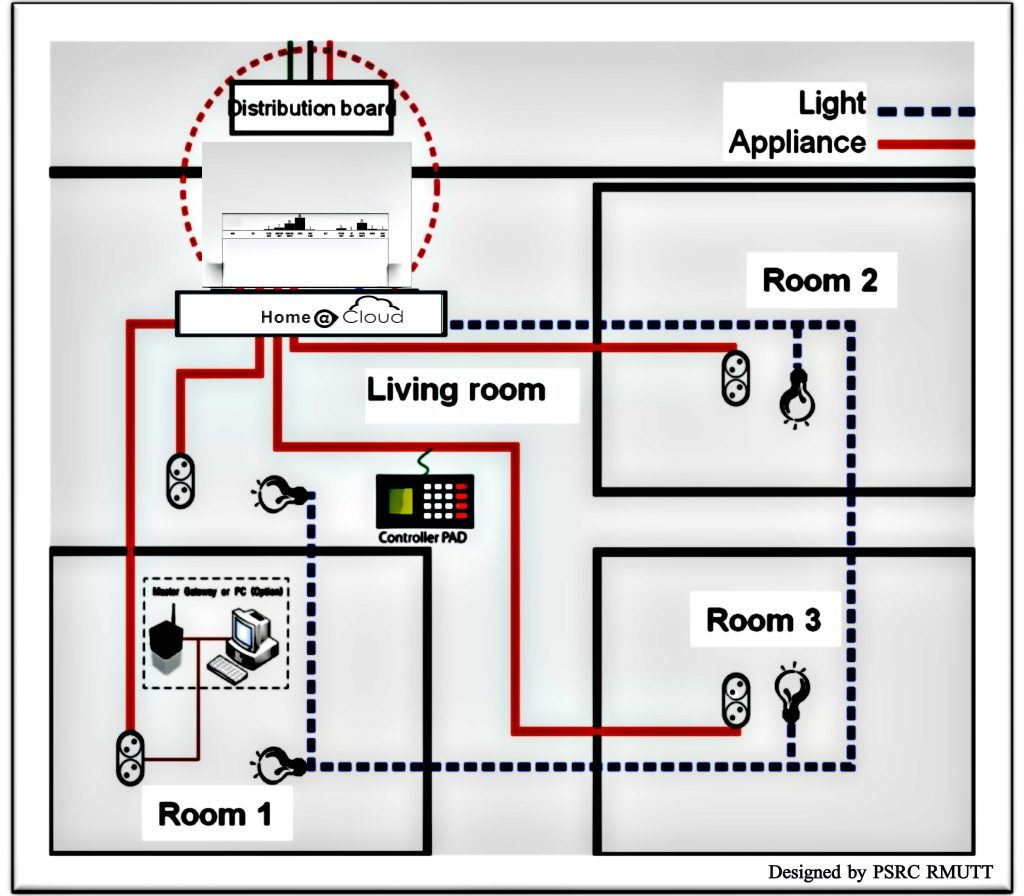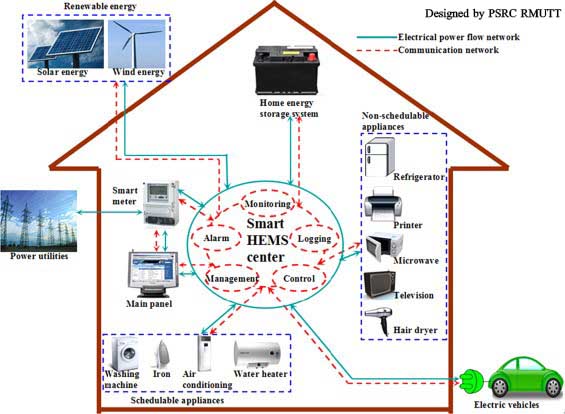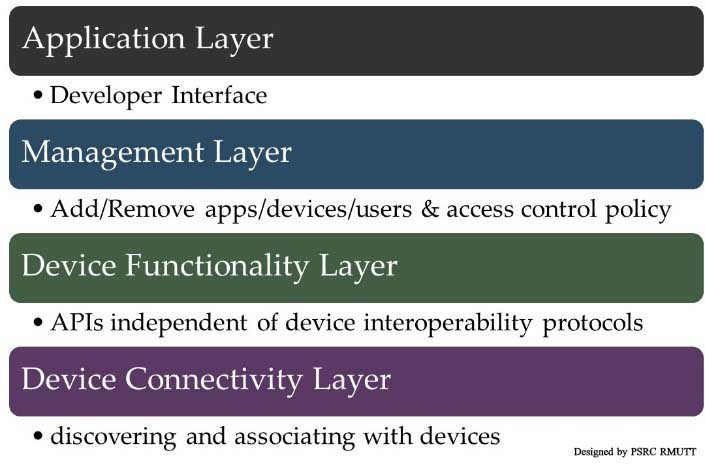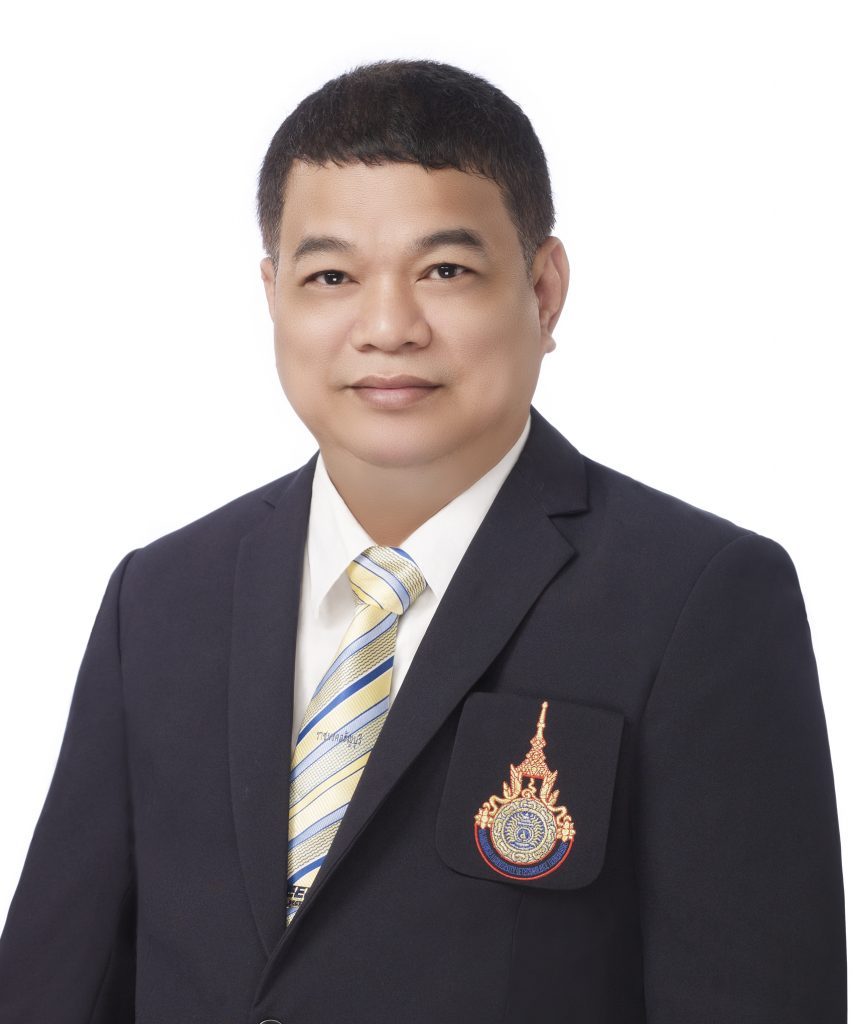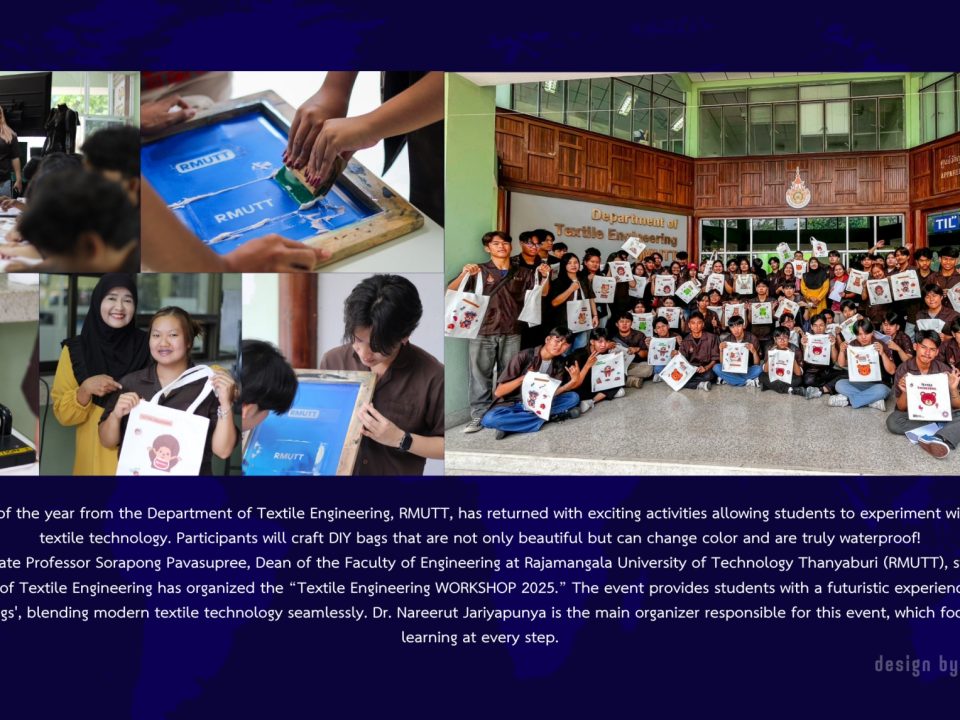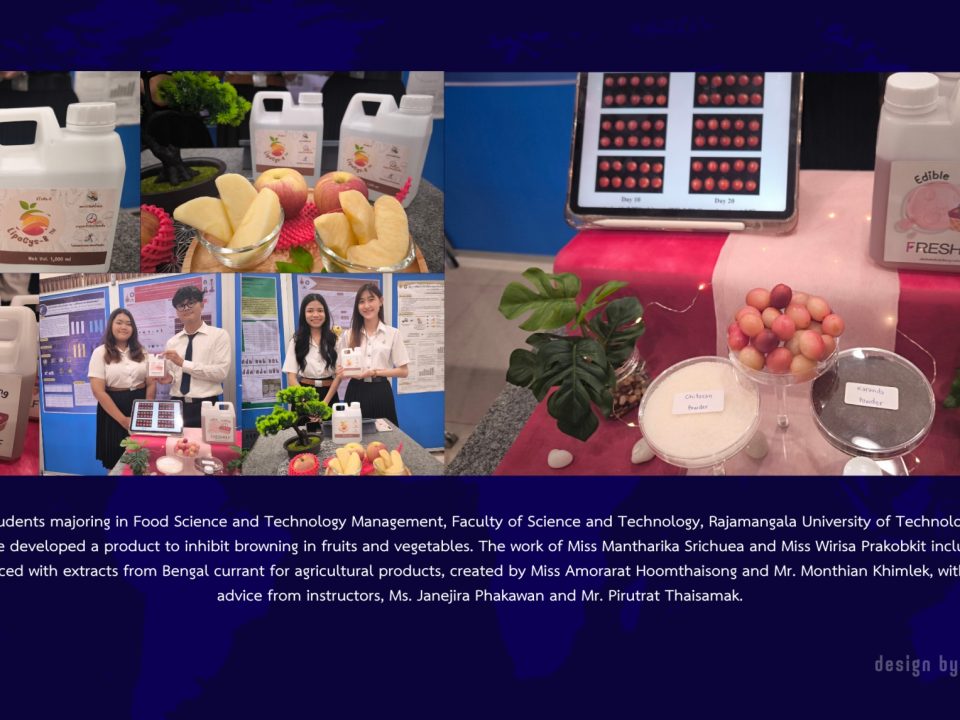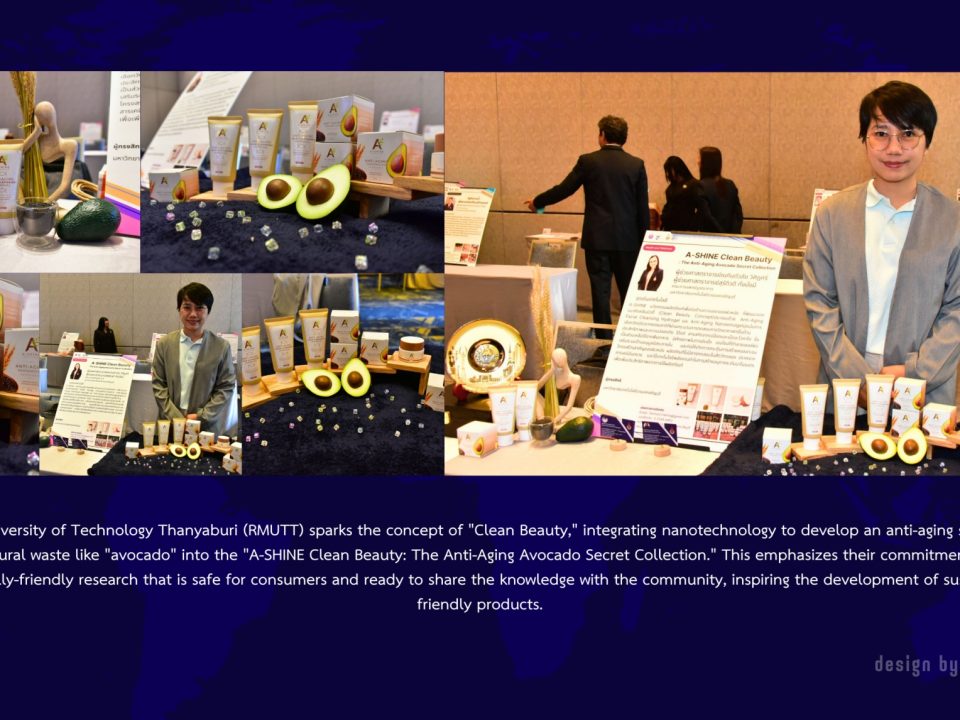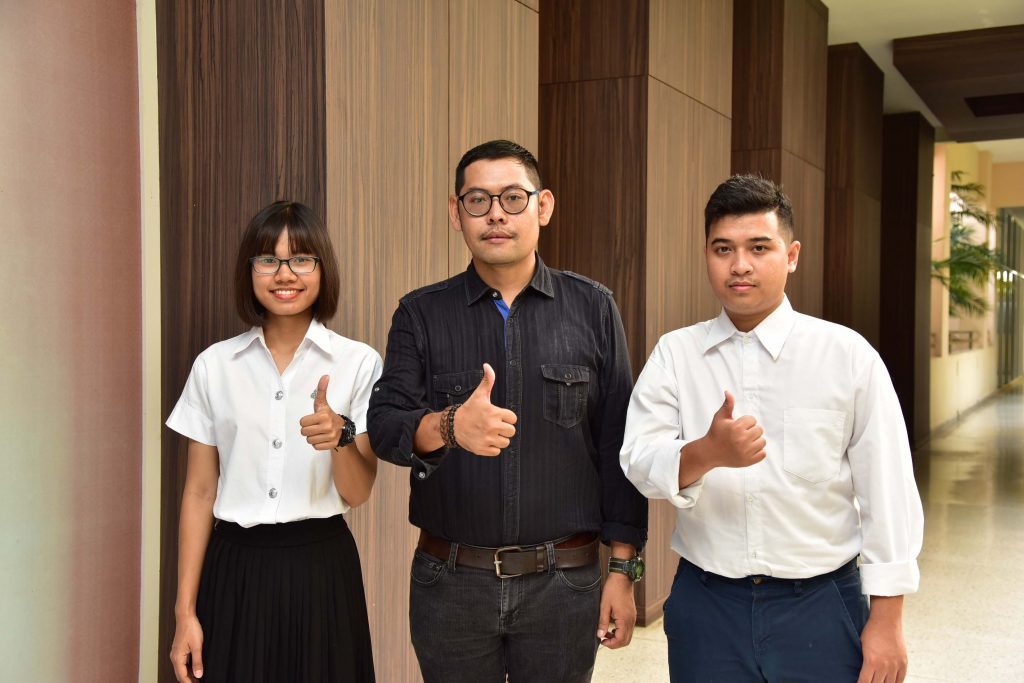
RMUTT future architects lending their helping hands to renovate young students’ classrooms hoping to be a part of promoting better education environment
24/05/2019
New Generation 4.0: ‘Valuable’ Reflections of University Apprentices in “Agricultural Technology”
20/06/2019RMUTT challenges Google with (New Artificial Intelligence Smart Home Concept)
“The New Smart Home Concept” or called “Artificial Intelligence Smart Home”, a name being termed by a word “Smart” has been inspired by the concept of applying special electrical controller acting as a human brain to help control the house. Associate Professor Dr. Kritchon Poomkitipit as a researcher, instructor, and Head of Graduate School in a Faculty of Engineering, the Department of Electrical Engineering, Rajamangala University of Technology, Thanyaburi revealed about his new research invention, “AI Smart Home” that he had been receiving his research scholarship from the Project of Broadcasting and Telecommunications Research and Development Fund for the Public Interest on the research concept of “ 4.0 Circuit Breakerless Home, a Revolution of Electrical Power Industry and its Prevention.”
Assoc. Prof. Dr. Kritchol Poomikitipitch explained, “This ‘AI Smart Home’ is an innovative way of making the house technologically smart by making installation of distribution board that will be running and sending commands to Artificial Intelligence for further processing. The distribution board itself was once developed in the past but at the moment, the device is being upgraded by adding CPU or “the brain” in order to make the smart home safe, comfortable and capable of giving orders by pressing on interface symbol icons. Regarding to the duties of this electrical power device, the board enables to directly detect, control, prevent and manage electric current. Additionally, the device itself is also capable of showing various types of information on electricity usage making users aware of all the information they want. Having the circuit board in the electrical appliances would be much safer than other types of smart home. And therefore, this innovative invention is featured resulting from the convergence of electrical engineering and ICT fields of research study. As seen in the case of telephone and mobile phone, the revolutionized communication technology has taken its part to cause big changes in the field. In order to turn just a simple house into a so called smart one, related to the mentioned case, the smart house must be able to halt any unsafe orders on its own, to warn house owners, and to follow appropriate human directions. As a result, this smart house is equipped with high tech AI brain that can make the house safer and yet more comfortable without losing any human controls. I really believe that we can do what the smart home can do but the smart home can do things that we can’t do.
Concerning electrical management system, other smart house creators including Google have been developing smart home appliances that are controlled by a smart center called “HUB” and thus, in order to turn on/off these appliances, a special and indirect channel so called “Data channel” is used. In the case of detecting changing pattern of electric current, not much of the attention is paid to, particularly when most of the information is only based on finding out electricity consumption through meter reading for the purpose of either electricity saving or switch control management. What if something goes wrong with the electricity operation and the smart device is unable to detect the case, unexpected danger might occur to the user. Once looking closely to the safety precaution concern on smart home, the leader of digital technology like Google took their eyes off electric safety especially in the field of Data Analytic as a main focus on electric usage.
The benefit of designing operation system as a brain of home on distribution board is the capability of connecting different electric appliances without affecting other applications on the users’ mobile phones. To connect with smart appliances, instruction is sent through “Management Layer” of the software application while the appliance will be connected by sending instructions through “Device Connectivity Layer”. Moreover, Device Connectivity Layer will help send appliance duties in a way of “Roles” to application without any concerns with specific “Protocol” or even if other product operation systems are different. Likewise, when instruction is sent as a “Role” to operate on and off switch either in the same brand of product or different, the application will be able to connect by turning on “Role” and send the instruction to the port as ordered.
Even though, Google Home Hub is able to do similar things but enabling to send all data, they must fall through Data Channel and this could risk the electrical system. The distribution board of the smart home, meanwhile, is able to send its instruction to the appliance whether it’s an old or new model or to deliver through Data Channel is also an option without risking electrical safety. Unless there is a case of emergency or threat, cutting out electrical power will be instructed. From the point of view of electricity users, instructing orders through software application is considered the new smart home and the usual one similar in terms of instruction but not in the case of processing and internal system management. To support all what have been said before, this new smart home could help us make decision before what we are actually going to do. As a part of the university that emphasizes on research innovation and technology, we are commercially capable of giving our hands to the industrial sector and provide our collaboration to the private one. And so, the collaboration between Electrical engineering and ICT, has been made to assist supervise private sector pushing this new smart hope concept to produce commercially and having something new when compared to other smart home developers,” Assoc. Prof. Dr. Kritchon Poomikittipitch gave his final thoughts.
